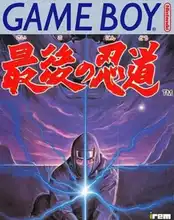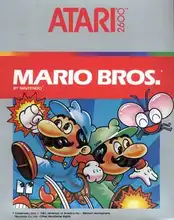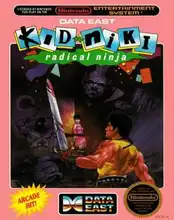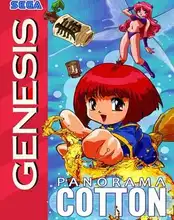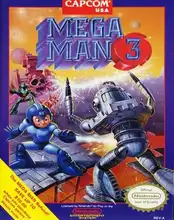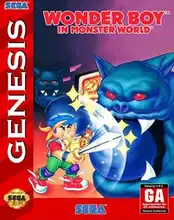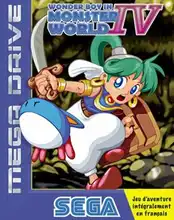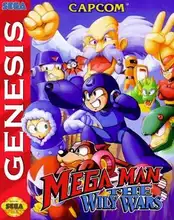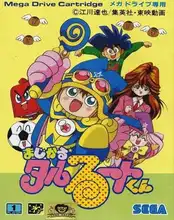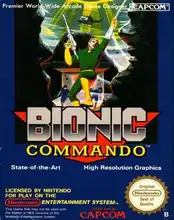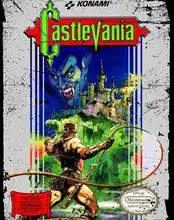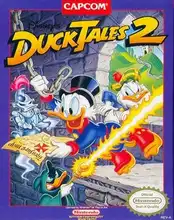Remember the feeling? The pixelated character poised on the edge of a block, the gap stretching ahead, maybe an enemy patrolling below. Your thumb hovers over the jump button, timing everything just right for that make-or-break leap. That, my friends, is the heart of the platformer.
More than just a genre, platform games defined eras of gaming, creating some of the most iconic characters and frustratingly addictive challenges known to humankind. Best of all, you can jump right back into the action instantly on our site.
The Hardcore Challenge: Kaizo Games
Think you're a pro? "Kaizo" games are fan-made modifications designed to be brutally difficult.
Play Platformer Classics Online
Jump into action instantly:
- Sonic the Hedgehog 2: The gold standard of speed platforming.
- Super Mario World: A massive world full of secrets.
- Shadow Warriors (Ninja Gaiden): Fast, difficult, and cinematic action.
- Kirby's Adventure: A beautiful, beginner-friendly NES swan song. Perfect for relaxing.
- Aladdin: Smooth controls and great animation.
- Expert (Controller Breaking):
- Contra: One hit and you're dead. Good luck.
- Shadow Warriors (Ninja Gaiden): Fast, fierce, and unforgiving.
What Exactly Is a Platformer?
At its simplest, a platformer is a game where the primary challenge involves navigating environments by jumping between suspended platforms, often avoiding obstacles and enemies. Movement, particularly jumping, is key.
While the concept sounds basic, the best platformers build incredible complexity on this foundation:
- Precise movement and timing
- Intricate level design
- Clever enemy placement
- Power-ups and abilities that change traversal
It's a genre that tests reflexes, timing, and sometimes, sheer patience.
The Golden Age: From Arcades to Consoles
The roots of the platformer stretch back to the arcade days. Games like Donkey Kong (1981) had players navigating vertical levels, avoiding barrels – a clear ancestor. But it was arguably the arrival of consoles that truly solidified the genre.
The Nintendo Entertainment System (NES) became a powerhouse for platforming. Super Mario Bros. wasn't just a game; it was a cultural phenomenon that perfected the side-scrolling platform formula. Suddenly, jumping wasn't just a way to move; it was a versatile tool for attacking, discovering secrets, and reaching new heights.
The 16-bit era on the Super Nintendo and Sega Genesis pushed boundaries further. Games like Super Mario World, Sonic the Hedgehog, Mega Man X, and Castlevania: Symphony of the Night (which blended platforming with RPG elements, birthing the "Metroidvania" subgenre) showcased incredible level design, animation, and complex mechanics.
Why We Still Love 'Em: The Core Appeal
So, why do we keep coming back to these jumping simulators?
- Pure, Unadulterated Gameplay: Platformers strip away complex mechanics and focus on the fundamental joy of movement and overcoming environmental puzzles. A perfectly executed sequence of jumps feels incredibly satisfying.
- Mastery Through Practice: Many classic platformers were hard. They demanded memorization, pattern recognition, and pixel-perfect timing. Overcoming a notoriously difficult level or boss felt like a genuine accomplishment.
- Iconic Characters: Mario, Sonic, Mega Man, Samus Aran, Simon Belmont – the genre is a who's who of gaming mascots. These characters are instantly recognizable, and their adventures are etched into gaming history.
- Creative Level Design: From the simple pipes of the Mushroom Kingdom to the gothic castles of Dracula or the sprawling zones of Mobius, platformer levels are often characters in themselves. They challenge you in unique ways and are designed to be explored and mastered.
- Nostalgia Factor: For many, platformers were their entry point into gaming. Playing them today brings back floods of memories – Saturday mornings, shared couch time, the frustration and triumph of beating a tough boss.
More Than Just Jumping: Subgenres and Evolution
The platformer didn't stand still. It branched out:
- Action-Platformers: Emphasize combat alongside jumping (Mega Man, Castlevania).
- Puzzle-Platformers: Focus on using movement and environment interaction to solve puzzles (Prince of Persia, Limbo).
- Cinematic Platformers: Known for realistic animation and often trial-and-error gameplay (Prince of Persia, Flashback).
- 3D Platformers: Took the genre into the third dimension (Super Mario 64, Banjo-Kazooie). While different, they often retain core principles of traversal and exploration.
Even modern games often pay homage to the genre, proving its fundamental appeal endures.
Reliving the Jumps Today
Want to dive back into some classic platforming? Luckily, it's easier than ever:
- Official Collections: Nintendo, Sega, Capcom, and others regularly release collections of their classic platformers on modern consoles and PC.
- Digital Stores: Services like GOG.com offer DRM-free versions of many classic PC platformers.
- Emulation: Tools like DOSBox (for PC classics) or various console emulators allow you to play original ROMs (check local laws regarding ownership).
- Archive.org: A treasure trove for playable-in-browser vintage PC games, including many early platformers.
Whether you're revisiting a childhood favorite or discovering a classic for the first time, the magic of the platformer remains.
Conclusion
The platformer genre is a cornerstone of video game history, built on the simple yet profound act of jumping. Its enduring appeal lies in its accessible mechanics, challenging design, iconic characters, and the pure satisfaction of overcoming obstacles with skill and timing. For retro gamers, these games aren't just entertainment; they're a connection to a golden age, a reminder that sometimes, all you need is a solid jump and a world to explore.
FAQ
Q: What was the first platformer game? A: While definitions vary slightly, many consider Donkey Kong (1981) to be one of the earliest and most influential games to establish core platforming mechanics.
Q: Why are they called "platformers"? A: The name comes directly from the core gameplay element: navigating levels composed of suspended "platforms" that players must jump between.
Q: Are all platformers 2D? A: No. While the genre originated in 2D, 3D platformers became popular in the late 1990s and continue to be made today. However, the term "platformer" often evokes the classic 2D side-scrolling style for many retro fans.
Q: How can I play classic platformers today? A: Many classics are available in official collections on modern consoles and PC (Steam, GOG). Emulation is also a popular method, and sites like Archive.org host many playable vintage PC titles.
FAQ: Platformer Mastery
Q: What does "Kaizo" mean? A: "Kaizo" roughly translates to "modified" in Japanese. In gaming, it refers to ROM hacks designed with extreme difficulty, often requiring glitches or pixel-perfect timing to beat.
Q: I keep dying! Is there a way to practice? A: Yes! Our browser emulator has a "Save State" feature. You can save right before a difficult jump and reload it instantly if you miss, essentially creating your own checkpoints to practice tricky sections.

